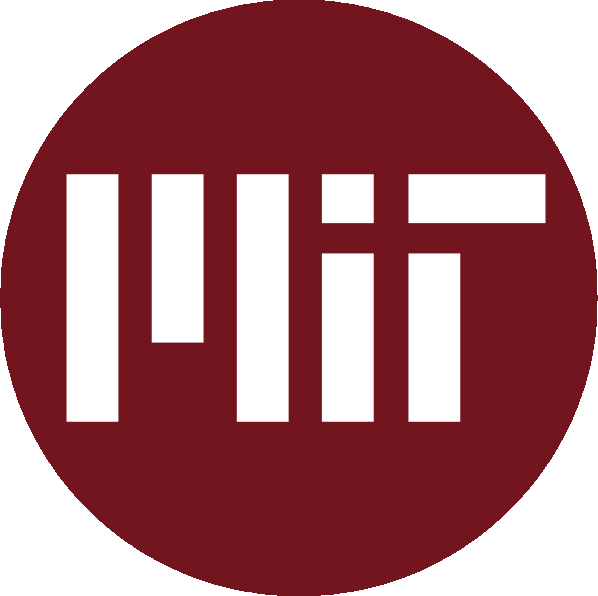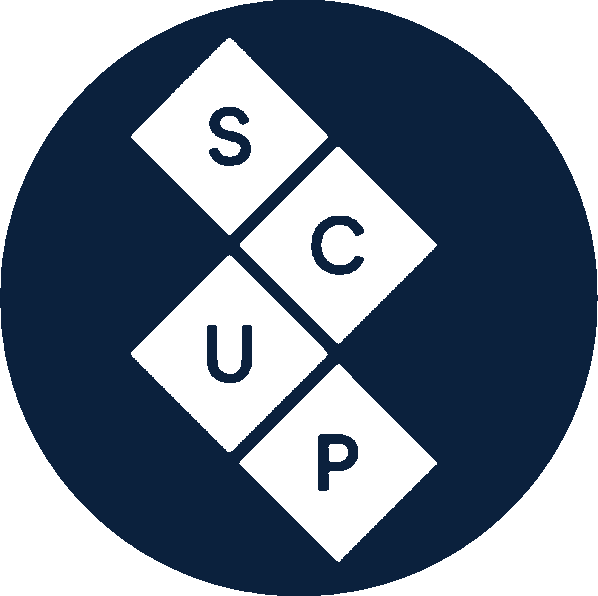Digital Nomads on the Move
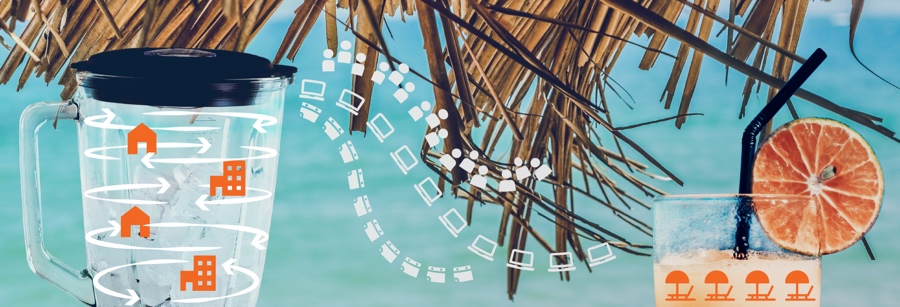
Spend the Summer Abroad, Without Quitting Your Day Job
Three years ago, we were planning our summer vacations. A few months later, there were no more vacations, and we barely left the house for six months. These days, many of us are happily traveling again, combining longer trips with remote jobs, for working vacations that may last weeks or more. It’s the summer of nomadic working, and we’re here (and there!) for it, in On Our Minds. Go for work, go for play, go to some of these fabulous events!
On our minds
During the pandemic-fueled exodus from offices, many workers realized how under-served they were by traditional work environments. Now few workers are enthusiastic about going back to the office, and we’re not the only ones noticing the extensiveness and deep-rootedness of this reluctance-to-return.
We’ve written about workplace disruption and the benefits to working outside. We’ve weighed in on switching to a hybrid workforce and adapting anywhere into a comfortable, ergonomic workspace. We’ve explored how remote work allows us to choose where we live based on our values and preferences, rather than on career opportunities. But more than a permanent relocation, some workers simply want to be on the move. And for these digital nomads, there are lots of options, from coworking retreats to lease-free coliving spaces.
At PLASTARC, we’re big fans of travel. Travel keeps us alert and in-the-moment. It shows us new things about ourselves and our world at-large. After so many months in one room or building, let alone one geography, many of us are thinking of remote work in ways that stretch well beyond our local park or coffee shop. Flexible work used to mean work “whenever,” now flexible means work whenever AND wherever. According to some surveys, flexibility is prioritized over salary. In other words, those of us who want to travel for an extended period aren’t letting our jobs stop us.
Numerous companies offer (often pricey) coworking retreats that provide lodging and work space in exotic locations, sometimes with the added benefit of cultural or career enrichment. Some workers are designing their own DIY versions of working vacations, through home swaps or temporary rentals. Even if you’re spending your summer in a tent or trying out van-life, plenty of coworking spaces offer weekly or monthly options.
Capitalizing on the success of WeWork, the coliving trend took off a few years before the pandemic, with the highly visible WeLive, which collected urban amenities such as furnished short-or-long term apartments, bars, hot tubs, cafes, pinball-laundromats, and yoga rooms under one roof. Social programming included comedy nights and catered, communal meals. Some coliving groups cater specifically to the nomadic workers, offering combined work and living space at below market rate. (Hey, it’s big in Japan!)
The undeniable truth is that better coffee and breakroom ping-pong can’t compete with the freedom to move from a mountain chalet, to a beachfront bungalow, to a favorite city every three months. In fact, we predicted long ago that a Park City condo would become the "new corner office"! For many workers, the key pandemic takeaway is that getting to “work” simply means access to workspace, and workspace can be anywhere with a wifi connection. Often those combining travel and career in creative ways are some of the most curious, open-minded and innovative problem-solvers the workforce offers.
These are the workers that executives are striving to hire; meanwhile outdated policies are alienating them by forcing a square peg into a round hole (ahem, a 40-hour-a-week desk job). But even more than that, these (young) workers are likely on the forefront of the workforce zeitgeist. They represent a massive shift on values that will soon permeate the entire workforce, of all ages and in all industries, and can only be ignored at an employer’s peril.
From the archives
Last June we spoke out about coworkers who speak up (in terms of decibels), and how to mitigate this through design. Two years ago, we shared the best practices for office re-entry, and three years ago—pre-pandemic, y’all!—we chatted about how AI shapes our world and our workspaces.
In Case You Missed It
Last month we talked about plasticity in architecture, in work, and in life. Plasticity is synonymous with adaptability, and part of being adaptable is prioritizing what you have time to do and what you don’t. If you didn’t have time for some of these events, no worries. Just catch up here!
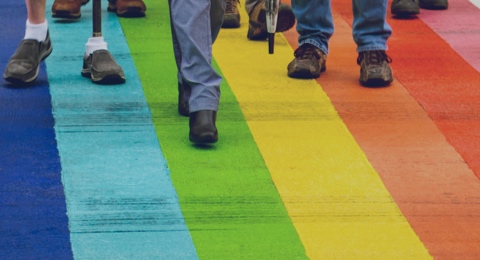
How do we make Public Space Work for Everybody?
In the latest event in AIANY’s ongoing series on public space, PLASTARC’s Amy Rosen discussed ongoing gender disparity in the built world.
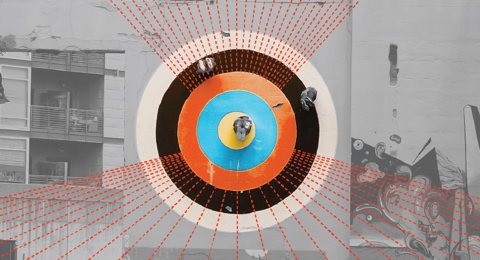
What is Your Core Value?
If you can define your impact in a single word, you’re more likely to capture the attention of peers and potential supporters. In this workshop, Rich Keller explained how to come up with your single-word “brand.”
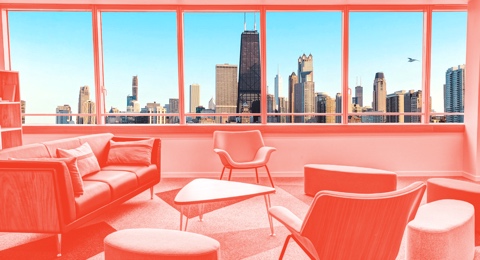
Furniture, Design and More
The future of the workplace, design awards, and trendsetters—check out NeoCon coverage from our friends at Studio O+A!

Gender Bias in Awards
Did you know that when awards are named after men (and most awards are), men are more likely to win them?
Looking Ahead
Go for work, go for play, go to some of these fabulous events!


